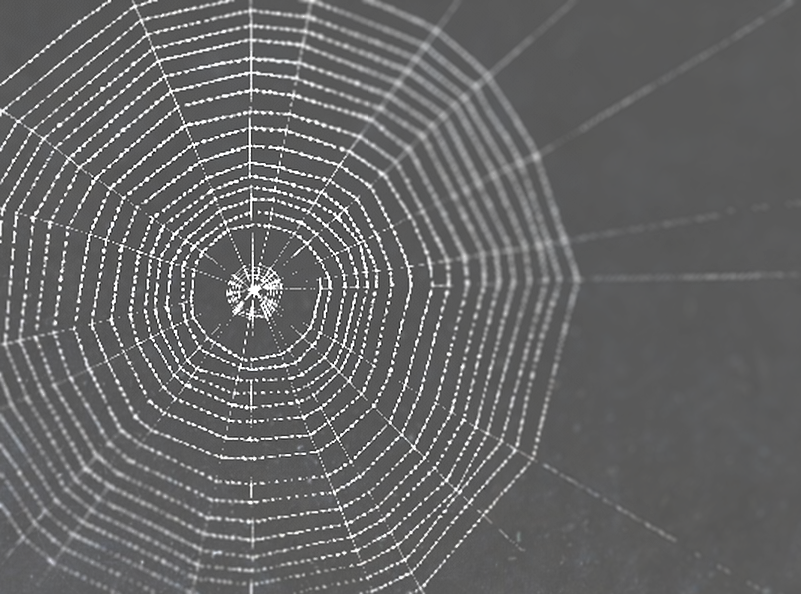
Dynamic examination of the structure of cobwebs
The material of the cobweb is notoriously special. Compared to its thinness, which is only about 4μm, a fraction of the human hair, it is extremely strong and flexible. The protein fiber was found to be stronger than the same amount of steel, with a higher tensile strength than Kevlar.
The properties of the material have been examined by precise experimental processes for decades, but much less attention has been paid to the geometry of the web, and the moment that at the end of the creation of the web the spider “pulls” it together in the middle of the web, i.e. pulls out the net.
Crusaders weave a widely known web woven from radial and spiral fibers, the exact shape of which depends only slightly on the species. Since the shape formed during evolution is so uniform, we have concluded that this is the ideal arrangement for the spider to get as much food as possible. Our hypothesis is that radial-spiral arrangement is a more optimal structure than solutions made of the same amount of material with different structures. In addition, we assume that pre-tensioning greatly helps to work the strands of the cobweb together.
I tested the hypothesis using numerical simulation. The program concentrates the mass of the mesh into the nodes at the crossing of the threads and solves the non-linear motion equation to the discrete mechanical system thus produced. I compared the behavior of a mesh model successfully used in literature with a square mesh, a random arrangement and a net that, like the first mesh, has radial fibers, which are intertanged by concentric circles. During the study, I simulated insects hitting the nodes of pre-tensioned nets, analyzing how elongated the net is and the extent to which parts of the net are involved in absorbing the kinetic energy of the impacting beetle.
The results show that in structures such as cobwebs, the distribution of elongation in the fibers is more even than in the other structures studied. The force of the impact therefore burdens not only its location, but almost the entire net, so all pre-tensioned fibers are involved in the uptake of impact energy. The results of my studies clearly show the advantage of radial-spiral arrangement over other shapes examined and the importance of pre-tensioning.